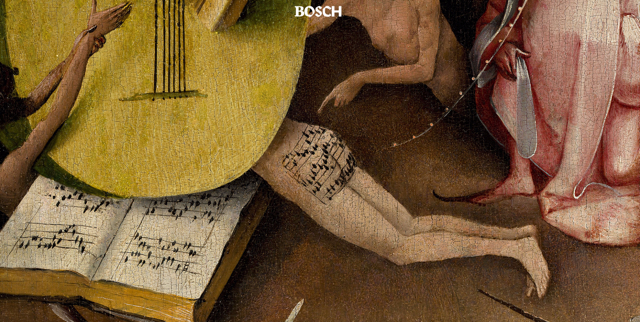When armored troops and tanks arrived in the St. Louis suburb of Ferguson, advancing on civilians with guns drawn and launching tear gas canisters into the crowd, more than a few people watching it happen exclaimed, “Missouri Goddam!” After the Charleston, SC massacre last summer, many exclaimed, “South Carolina Goddam!” The phrases directly reference an earlier, all too similar, time in the violent history of civil rights struggles, 1964, when Nina Simone wrote and performed “Mississippi Goddam” (above in Holland). It was “a song that would change her career,” writes Matt Staggs at Signature, “complicating her relationship with the white establishment while cementing her allegiance with the civil rights movement.”
After her ambitions as a concert pianist were frustrated, Simone rose to fame as a brilliantly talented performer of classical, jazz, folk, blues, and cabaret music. She “did not so much interpret songs,” writes Adam Shatz in the New York Review of Books, “as take possession of them.” But her most famous remains her own composition, “Mississippi Goddam,” a passionate response to the murder of Medgar Evers, the Sixteenth Street Church bombing in Birmingham, and other shocking acts of brutality by members of the White Citizens Council and the Ku Klux Klan, as well as the retaliatory police violence and mass arrests at Tennessee sit-ins.
After her first performance of the song at a 1964 Carnegie Hall concert (during which she shouted at the shocked audience, “You’re all gonna die!”), it would become “a civil rights anthem.” The performance itself was a sly bait-and-switch; “determined to bring a taste of the era’s injustice to her mostly white audience,” Simone introduced the song as a “show tune, but the show hasn’t been written for it yet.” And indeed it sounds like one, “at least for a few moments.” The song, writes Shatz, “represented a revolution in black political oratory.”
Now, many people born long after Simone’s that first bombshell performance of “Mississippi Goddam” are discovering her life and work through the Oscar-nominated Netflix documentary What Happened, Miss Simone!, as well as the controversy surrounding a two-year-old unreleased biopic (so heated even its star disavowed the film). Released on the day of murdered pastor and State Senator Clementa Pinckney’s funeral, the documentary renews the focus on Simone’s role as a fierce activist on and off the stage. In songs like “Backlash Blues,” written by Langston Hughes (above, in a live 1968 Paris recording session), Simone protested “second class houses / and second class schools” as well as the Vietnam War draft and frozen wages.
In “I Wish I Knew How It Would Feel to Be Free,” above in a 1976 performance, she expresses profound longing to “share / All the love that’s in my heart” and “Remove all the bars / That keep us apart.” As Shatz tells us, Simone once defined what freedom meant to her when an interviewer asked in 1968: “I’ll tell you what freedom is to me: no fear. I mean really, no fear!” She seemed to embody fearlessness onstage as she devoted her career to activism.
And yet, writes Claudia Roth Pierpont in The New Yorker, she “had been hesitant at first.” It was playwright Lorraine Hansberry who pushed her into speaking, though she “only started a process that events in American quickly accelerated.” After the Birmingham bombing, Simone recalled wanting to “go out and kill someone… I could identify as being in the way of my people.” Instead she took her outrage to the stage, and she memorialized Hansberry after her friend’s death at age 34 with a song she called “the Black national anthem,” also the title of Hansberry’s posthumous autobiography, “To Be Young, Gifted and Black.” Before the performance above, at a Morehouse College recording session in 1969, Simone emotionally describes the genesis of the song in an interview. The song itself hints broadly at the pain of her own childhood, and that of so many others, then concludes with pride, hope, and affirmation.
Young, gifted and black
How I long to know the truth
There are times when I look back
And I am haunted by my youthOh but my joy of today
Is that we can all be proud to say
To be young, gifted and black
Is where it’s at
Related Content:
Nina Simone Sings Her Breakthrough Song, ‘I Loves You Porgy,’ in 1962
Watch a New Nina Simone Animation Based on an Interview Never Aired in the U.S. Before
Josh Jones is a writer and musician based in Durham, NC. Follow him at @jdmagness



